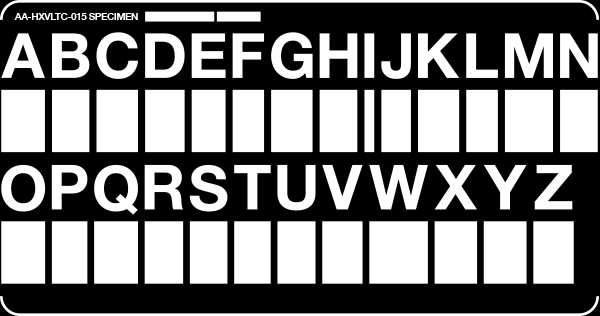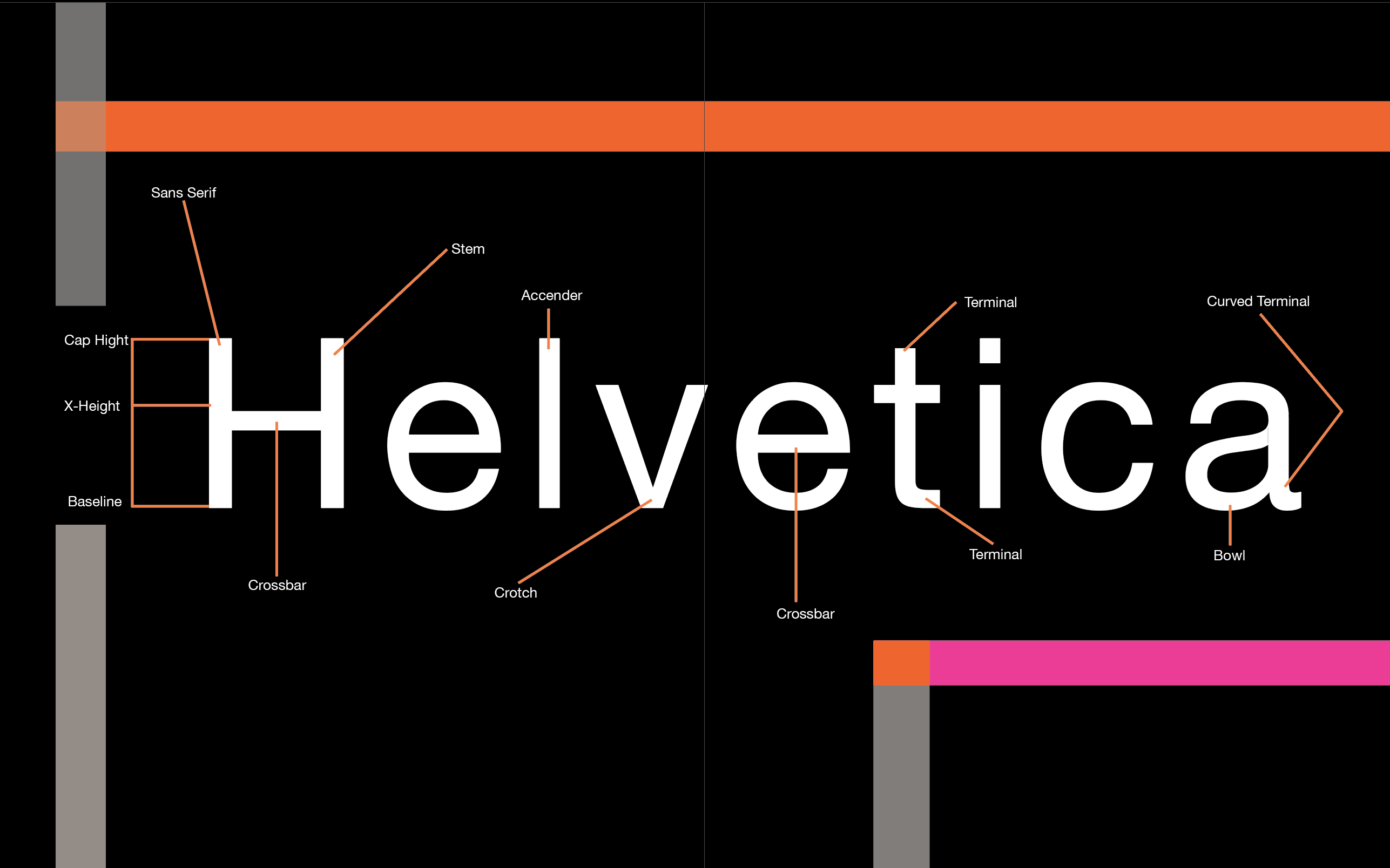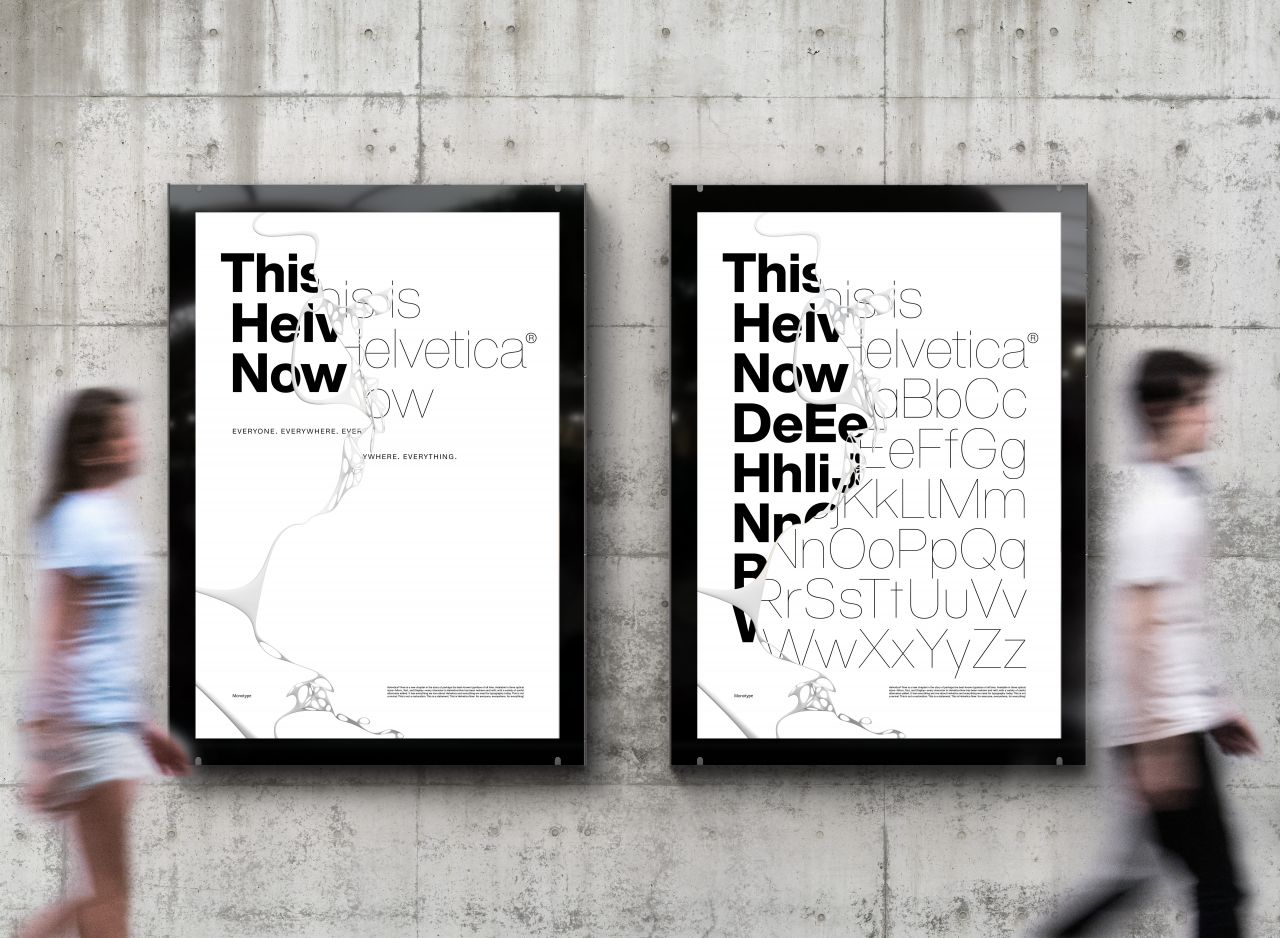

Knoll’s logo relies more on the impact of its signature color. Jeep remains much more similar to its source, but widens the loop of the “J,” drops and tweaks the “e”s and rounds the inside points of the “p.” While Panasonic absorbs this into the letters themselves, Blaupunkt isolates it within an emblematic blue dot.

Not our favorite aesthetic, but it is recognizable. Skype, meanwhile, starts with Helvetica Rounded Bold, smashes the letters together and encloses them within a friendly bubble. Likewise, the Swiss chocolatier Nestlé makes use of its national typographic inheritance, but implements major changes, rounding all the corners and adding a distinctive bar. The North Face, by contrast, totally transforms the font through vivid color and text right-aligned with a graphic emblem which we interpret as a cliff, appropriate for the outdoor outfitters. Oral-B, which makes toothbrushes and other dental care items, totally transforms its base font through an interesting ligature between the “r” and “a”-weirdly reminiscent of Microsoft, now that we look at it-and another that elides the dash with the B. Microsoft starts from Helvetica Black Oblique, the italic variant of the heavy font, and makes itself unique through a distinctive ligature between the “f” and “t,” as well as one between the “o” and “s” that takes a cut out of the former.īoth the Japanese manufacturer Panasonic and the German manufacturer Blaupunkt stay very close to standard Helvetica typefaces, spicing them up mainly with color. Here are the names of the famous brands that use Helvetica font as a commercial wordmark:

Its bold, clean, and modern look makes it a favorite among designers and this has made this acclaimed VIP of fonts enjoy worldwide acceptance and presence. The creation of the Helvetica font was influenced by the Akzidenz-Grotesk typeface, created in 1898 by Berthold. Therefore, the name “Helvetica, ” i.e., Latin for Swiss became the acceptable name for the sans serif typeface.In 2007, a feature-length film which was directed by Gary Hustwit was released in celebration of the 50th anniversary of the Helvetica typeface.

At first, it was put forward that the typeface should be named Helvetia, i.e., Latin for Switzerland, but creative professionals were not in support of this designation as they deemed it improper to name the font after a country. The reason behind this change was to market the font on an international scale. The name Die Haas Grotesk was converted to Helvetica by the marketing director at Stempel in 1960. The idea behind the neutrality of the Helvetica font was that they are not meant to give any meaning. Helvetica was based meticulously on Schelter-Grotesk and created as a neutral typeface with no specific meaning in itself. Haas’sche Schriftgiessrei was controlled by Stempel, a type foundry that was also in the control of Linotype.


 0 kommentar(er)
0 kommentar(er)
